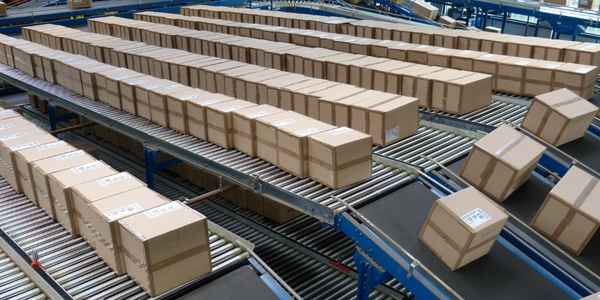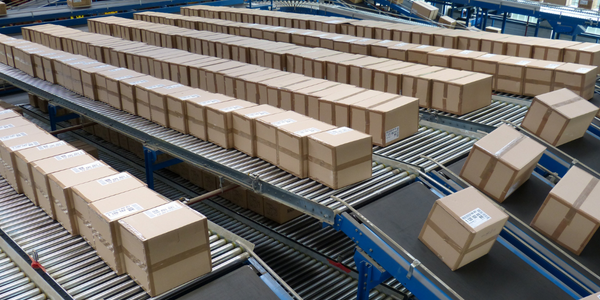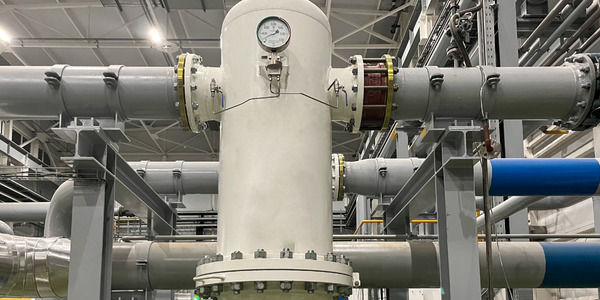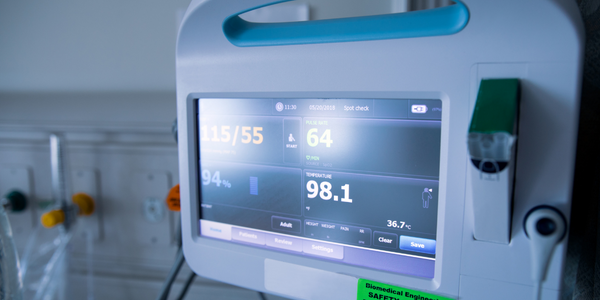Technology Category
- Functional Applications - Product Lifecycle Management Systems (PLM)
- Sensors - Haptic Sensors
Applicable Industries
- Education
- Packaging
Applicable Functions
- Field Services
- Maintenance
Use Cases
- Intelligent Packaging
- Time Sensitive Networking
Services
- Training
About The Customer
The customer is a global leader in the packaging industry with an extensive product portfolio. They produce, deliver, and install several types of packaging machines, each with its own complexities and customer-specific optimizations. They also provide ongoing service to their customers. The company is committed to technological innovation and continually updates its product range to meet customer needs. They have a robust service desk and R&D team that traditionally created customized guides for service engineers in the field. Recognizing the need for digital transformation, the company sought to digitize and publish troubleshooting guides in a more scalable and accessible way.
The Challenge
The global packaging leader in question has a vast product portfolio, including several types of packaging machines, each with its own complexities and customer-specific optimizations. The ongoing technological innovation and product diversity made version control for documentation a challenging task for the employees. Whenever a service engineer encountered a problem, they would request specific instructions from the service desk. The service desk, in turn, would rely on the R&D team to create a customized guide. These guides were traditionally created using Word and PDF documents and printed for use in the field. The company recognized the need to digitize and publish troubleshooting guides in a more scalable way, aiming to make the guides more accessible, easy to use, and to enhance service productivity. They also sought to reduce training time for new hires.
The Solution
The company collaborated with SwipeGuide to develop more effective digital instructions. They embarked on a Proof of Value project with SwipeGuide, focusing on standardizing instructions and making them easy to discover and use. The team aimed to convert extensive engineering-focused manuals into task-oriented work instructions and gather feedback from field service engineers for further improvements. The initial Proof of Value focused on their best-selling machine, resulting in the creation of 11 guides focused on different troubleshooting areas, such as maintenance, changeovers, and other processes. A total of 11 instructions with 586 different steps were digitized on the SwipeGuide platform. With SwipeGuide, engineers could access the latest troubleshooting guides on their mobile phone or wearable device, saving them a significant amount of time and improving their job satisfaction.
Operational Impact
Quantitative Benefit

Case Study missing?
Start adding your own!
Register with your work email and create a new case study profile for your business.
Related Case Studies.

Case Study
IoT Data Analytics Case Study - Packaging Films Manufacturer
The company manufactures packaging films on made to order or configure to order basis. Every order has a different set of requirements from the product characteristics perspective and hence requires machine’s settings to be adjusted accordingly. If the film quality does not meet the required standards, the degraded quality impacts customer delivery causes customer dissatisfaction and results in lower margins. The biggest challenge was to identify the real root cause and devise a remedy for that.

Case Study
Zenon the Ideal Basis for An Ergonomic HMI
KHS develops and produces machines and equipment for filling and packaging in the drinks industry. Because drinks manufacturing, filling and packaging consist of a number of highly complex processes, the user-friendly and intuitive operation of equipment is increasingly gaining in significance. In order to design these processes as simple as possible for the user, KHS decided to introduce a uniform, transparent and standardized solution to the company. The HMI interface should meet the requirement for people with different qualifications and enable them to work on a standard platform.

Case Study
Sparks Dynamics Assists Atlas Container Secure a $15,000 BGE Energy Rebate
The ReMASTER Compressed Air Monitoring system was installed in 2015. This system is capable of monitoring compressed air system parameters on a continuous basis and transferring that information to a cloud server which can be accessed by Atlas Container personnel, Industrial Diagnostics and Sparks Dynamics. This information was collected into a database which can be exported to an Excel spreadsheet or displayed graphically using Sparks Dynamics ViewMaster Software. The average annual compressed air electricity expense was estimated to be approximately $116,000. This is based on an incremental $/KWh electric rate of $.091 per KWh and an estimated compressed air energy consumption of 1,279,200 KWH. The implementation phase of Energy Conservation Measures (ECMs) for the Compressed Air System included: • Identification and repair of compressed air leaks • Understanding of compressed air usage per manufacturing machine and installation of shut off valves when the machines are no longer in production mode • Identification of misapplications of compressed air to include blow offs, venturis, and cooling scenarios • Understand system pressure requirements and potential installation of point of use pressure regulation.

Case Study
Mondi Implements Statistics-Based Health Monitoring and Predictive Maintenance
The extrusion and other machines at Mondi’s plant are large and complex, measuring up to 50 meters long and 15 meters high. Each machine is controlled by up to five programmable logic controllers (PLCs), which log temperature, pressure, velocity, and other performance parameters from the machine’s sensors. Each machine records 300–400 parameter values every minute, generating 7 gigabytes of data daily.Mondi faced several challenges in using this data for predictive maintenance. First, the plant personnel had limited experience with statistical analysis and machine learning. They needed to evaluate a variety of machine learning approaches to identify which produced the most accurate results for their data. They also needed to develop an application that presented the results clearly and immediately to machine operators. Lastly, they needed to package this application for continuous use in a production environment.

Case Study
Automated Pallet Labeling Solution for SPR Packaging
SPR Packaging, an American supplier of packaging solutions, was in search of an automated pallet labeling solution that could meet their immediate and future needs. They aimed to equip their lines with automatic printer applicators, but also required a solution that could interface with their accounting software. The challenge was to find a system that could read a 2D code on pallets at the stretch wrapper, track the pallet, and flag any pallets with unread barcodes for inspection. The pallets could be single or double stacked, and the system needed to be able to differentiate between the two. SPR Packaging sought a system integrator with extensive experience in advanced printing and tracking solutions to provide a complete traceability system.

Case Study
Revolutionizing Medical Training in India: GSL Smart Lab and the LAP Mentor
The GSL SMART Lab, a collective effort of the GSL College of Medicine and the GSL College of Nursing and Health Science, was facing a challenge in providing superior training to healthcare professionals. As clinical medicine was becoming more focused on patient safety and quality of care, the need for medical simulation to bridge the educational gap between the classroom and the clinical environment was becoming increasingly apparent. Dr. Sandeep Ganni, the director of the GSL SMART Lab, envisioned a world-class surgical and medical training center where physicians and healthcare professionals could learn skills through simulation training. He was looking for different simulators for different specialties to provide both basic and advanced simulation training. For laparoscopic surgery, he was interested in a high fidelity simulator that could provide basic surgical and suturing skills training for international accreditation as well as specific hands-on training in complex laparoscopic procedures for practicing physicians in India.







